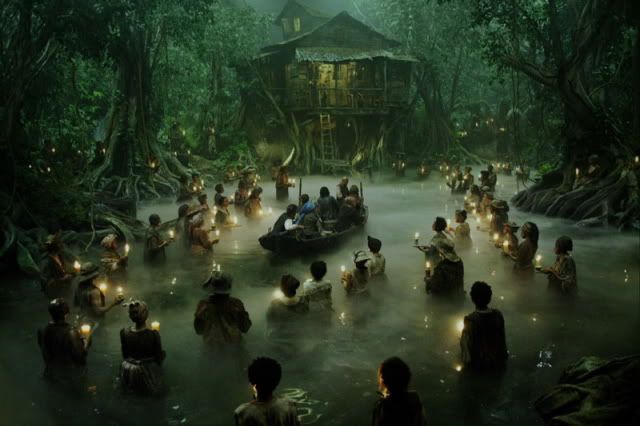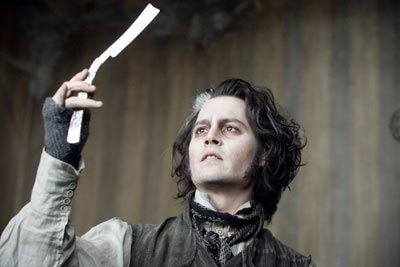Within this post I will be taking you through 'Sound' in film, and not as in sound itself but how sound is captured when producing the film and how to avoid any mishaps that can occur when trying to capture sound.
When filming outside there are seriously to many things to count that make noise, you have natural noises that can't be prevented such as wind, water, and even nature such as birds tweeting. You also have man made noises such as cars driving past, airplanes and helicopters flying over, and even the sound of someone sneezing or coughing. Although there are ways in which that all this can be prevented but it can become quite costly when using sound proof rooms. Also theirs the chance of catching a day with absolute no wind at all cutting down on the cost of not needing to use a sound proof room, or even film the scene on day and the audio another at the studio.
When filming outside there are seriously to many things to count that make noise, you have natural noises that can't be prevented such as wind, water, and even nature such as birds tweeting. You also have man made noises such as cars driving past, airplanes and helicopters flying over, and even the sound of someone sneezing or coughing. Although there are ways in which that all this can be prevented but it can become quite costly when using sound proof rooms. Also theirs the chance of catching a day with absolute no wind at all cutting down on the cost of not needing to use a sound proof room, or even film the scene on day and the audio another at the studio.
This type of equipment can be instantly recognizable watching Jeremy Kyle because whenever one of the fools from the stage runs off because they have either found out the truth that their boyfriend has been sleeping with another girl and now for this poor the camera operator has to run after them, you can see most of the times some poor man or woman trying to keep up, holding a fairly long pole which looks like a feather duster attached to it..........,
Well actually that 'Feather Duster is in fact a 'Mic' and the occupant who carries it is known as the Boom Operator.......................
A professional Boom Pole can span up to 18 feet,...............
And all this is just held right outside of the frame of the camera, but unfortunately sometimes though due to the size and awkwardness of this equipment the boom operator may become quite tired after hours on end of holding this on a film set and may duck in the frame, which for some critics this is condemned and the whole gets scrutinized for it.
OK, so that wasn't really on accident and was done on a purpose to make people laugh but you could imagine in a professionally mannered film that at the start of this clip when it just dips into the frame that could possibly happen in a movie.
So what does the 'Boom Equipment and it's Operator' do in film now, is that it can allow the actor/s or actress/es to move freely around the set without there voice quieting as they get further away from the camera or louder as they get closer because the cameras mic inst as powerful or cannot span as far unlike the Boom Pole.
AUDIO TECHNIQUES
AUDIO TECHNIQUES
ADR and this stands for Automated Dialogue Replacement........
This is the process of what is known as Pre-recording in a studio in absolute synchronicity with the picture being displayed on screen.
A great example of Pre-Recording is in the film 'Sweeney Todd'. Below I will show you four videos, showing you one scene where Johnny Depp and Helena Bonham Carter sing together as Sweeney Todd and Mrs. Lovett and the other with Johnny Depp talking about him in the studio and the same for Helena:
This video below shows first of all Johnny's talent for singing but shows what pre-recording does as a whole and what it looks like:






























